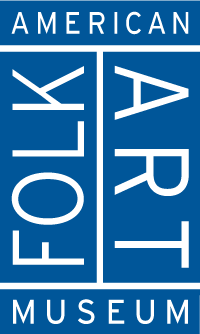James Castle
(1899–1977)
BornGarden Valley, Idaho, United States
ActiveBoise Basin, Idaho, United States
BiographyAlthough James Castle’s art has a cryptic quality with its boxy figures, code-like writing, and off-kilter perspectives, it always comes back to home. Domestic interiors and farmscapes accented with rows of power lines and fences appear in his drawings, and his paper constructions of animals frequently represent the birds and cows that were plentiful in the rural Idaho communities where he spent much of his life. The bundling of some of these works inside handmade cardboard boxes further reflects how Castle regularly incorporated them into his home, hiding them away in the walls. His unconventional materials included stove soot mixed with saliva, sometimes tinted with watercolors of soft blues and greens made from soaked crepe paper, yet there is a richness of tone and texture. Bedrooms and kitchens are evocatively shadowed, and humble details such as doorknobs and the lattice of wood in a barn are given the meticulous attention of still lifes.Born deaf in 1899 in Garden Valley, Idaho, Castle started drawing at a young age. He spent time at a school for the deaf but was declared “uneducable” and returned home. With the support of his family, who gave him a desk to work at and then a whole trailer for a studio in 1963 at their house in Boise, Idaho, he spent most of his time on his art. Intensely focused on responding to the life around him, he was additionally inspired by the endless ephemera, in the form of mailers, magazines, and packaging, that arrived at the post office and general store operated at the family farm. Even when offered more formal art materials, he preferred to use what he found, such as in his handmade books made with recycled envelopes bound with string and illustrated with postage-stamp-sized portraits, interior views, and other sketches made with sharpened twigs or apricot pits rather than pencils or pens.
Castle’s art gained public appreciation in the 1950s, after a nephew shared his work with his teachers at the Museum Art School in Portland, Oregon. He had exhibitions at the Boise Gallery of Art (now the Boise Art Museum) in 1963 and 1976, soon before he died in 1977. His former home in Boise is now a historic site and museum, offering space not only to explore his practice but also for residencies for contemporary artists, keeping the site active as a place of creativity.
Allison C. Meier, 2025
This artist’s work was reviewed as part of “Rethinking Biography,” an initiative supported by the Institute of Museum and Library Services (IMLS).


